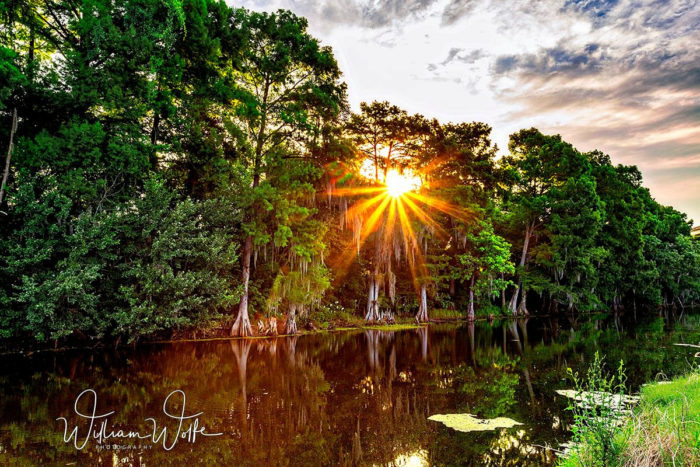Tale of Four Jugs
by Alan Greenstadt
I came upon the P-47 1/48 scale in the midst of a typical model maker’s identity crisis.
Over time I had developed a desire to build only the “best” kits. The problem was, how does one define “best”. Is it the subject matter, or is it the kit manufacturer? Is it the most documented or the best aftermarket supported? Or is it simply what is unbuilt and in your closet, speaking through a closed door reminding you that the paint, decals and walk around book had already been purchased?
Clearly I thought Tamiya was the best manufacturer based on fit and detail. Is that right? Not sure. After all there was the allure of taking an ill fitting kit and making it right. So I bought the Tamiya, Academy and ARII kits to complement the Hasegawa I already had.

In addition I added Verlinden’s excellent detail kit and plastic canopies Jeff found on a shelf (Manufacturer unknown). My canopy expertise, or shall we say follies, required many tries. Coupled with copious amounts of evergreen styrene sheeting and tubing I was prepared to launch my first semi scratch built aircraft.
Several books followed as I began to learn about Pratt’s history during the war. Rotary engines and in particular the difference between detailing a pushrod and a plug wire gave me no end of pleasure researching.
The cockpit was basically Tamiya with parts borrowed from the other kits. This was the first time I tried Xeroxing instrument details and shrinking them. It didn’t really work for me at 1/48 although I did get some good radio front plates out of it. Wiring was stretched sprue and some thread dragged through with hair spray. This was the first effort at aging metal parts with combinations of paint and rubbings.
Shadowing was as interesting, although as my use of washes has improved I can see where it would have helped. Small instrument facings were sealed with clear and received a small drop of white glue, although it took a while to overcome the cupping effect of the white glue. Larger instruments were faced with clear styrene made with a Waldron punch set. Control wheels are also made this way.
The port wing is opened to show the ammo storage and machine gun placement. The guns are Verlinden as is the belted ammo. “The whole nine yards”.
I was tempted to use the Verlinden resin flaps, tail and horizontal stabilizers; but, decided to scratch build them which gave me a chance to learn to make attachment points…another good task for punches. Actuator levers are brass wire roughed up to accept paint well.

The paint scheme comes from box art I saw and link and I recreated most with Humbrol, taking some liberties on the design of the tail. It was on this model that I got away from the Aztec airbrush and back to Paasche, perhaps the only smart thing I’ve done in a long time.
There is a minimum of aging. That which is there is was accomplished with smooth sanding sticks rubbed into silver and aluminum paint; as well as pastel chalk and typical washes.
Without doubt I would not have started or finished this one (and many others) without the steadfast help I got from Jeff and Chuck. They have the unusual capability to look serious when I ask stupid questions. You see, even though I’m now in Los Angeles, after eight years in New Orleans, I’ve learned that there is only one hobby shop: Hub – – – the rest are just places with some stuff in them.
Photos by Alan Greenstadt
